Fort Worth’s Cattle Raisers Museum recently rekindled — unexpectedly — a dormant passion for the cattle trails and cowtowns of yesteryear.
The history of the American Heartland and the Old West is a unique combination of hard times and severe conditions, but also of risk-taking and fortitude, memorable events, great achievements and epic failures. There were tall tales and small victories over the land, the weather and human nature.
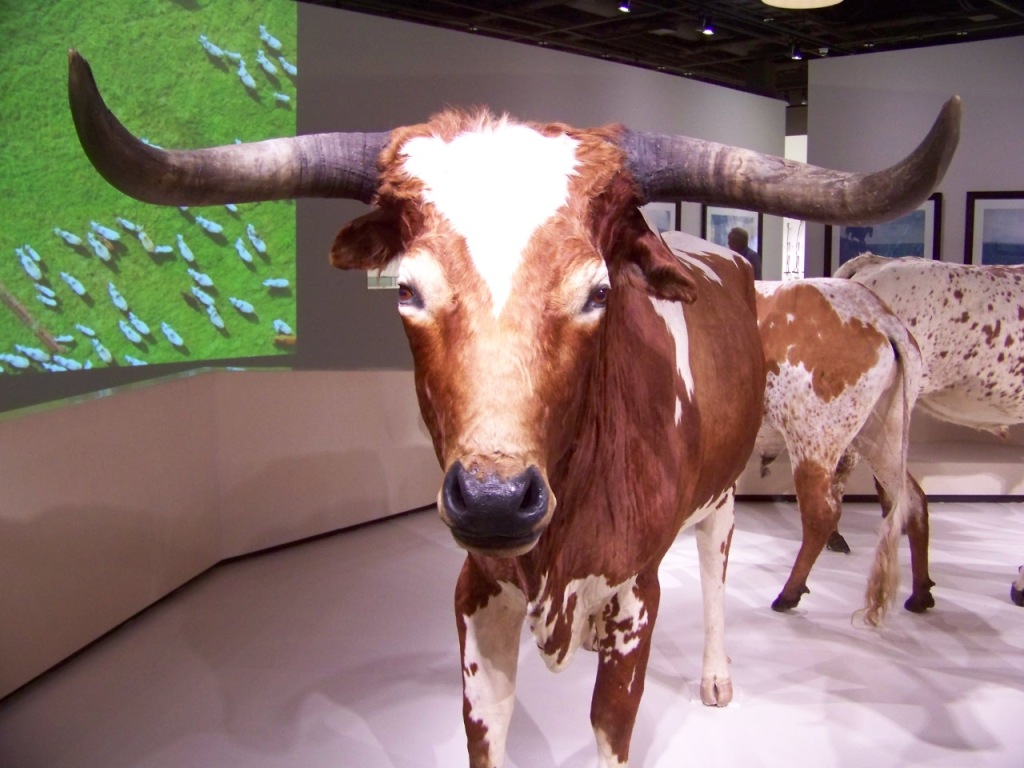


From lonely ranches, bustling cowtowns and, further west, mining towns, rip-roaring frontier outposts and long stretches of open space, I find those stories of “livin’ by your wits,” confronting danger, and triumphing over circumstance endlessly fascinating.
The museum visit fueled my desire to take to the road again for a trip to the Midwest and, in a sense, through some of my past. So, when an opportunity arose to meet a cousin in a spot almost equidistant from our two homes, the idea became reality.
This time I drove, with the benefit of modern horsepower, comfortable seats, and climate control, north to Wichita from my home south of Fort Worth. Along with Dodge City, Kansas City, Miles City, Montana, and Cheyenne, Wyoming, Wichita radiates a certain mystique, a holdover from the days it was a prime stop along the route of cattle drives and wagon wheels, a waypoint on the Chisholm Trail.
Wichita Attractions
In Wichita, I looked forward to touring the Frank Lloyd Wright House, hoped to spend a spooky evening at Botanica, and even considered saying hello to the Longhorns housed at the Wichita Zoo. Other expectations were minimal. My cousin and I made no concrete plans, other than planning to fill each other in on lives lived too long with too little personal contact.
I did not expect to fall in love with Wichita. But that is exactly what happened. The weather could have been nicer, but the people we met more than compensated for the clouds and drizzle.
The sun came out for only one entire day; the temperature was pleasantly cool, and we took advantage of it! However, at the end of our short stay in this vibrant modern city with its quintessential frontier vibe, we were both sorry to bid it goodbye.
Wichita’s more recent history was built by aeronautics; its renown as a cowtown was relatively short-lived. Grain and oil followed the cattle; then airplane production made Wichita a boom town during the war years. Today, this small city (population only about 390,000) produces 70 percent of the general aviation aircraft in the nation. However, the city still reveres its cowtown reputation, but has embraced arts, music, science and modern commerce in a big way.
Art, History and People
Colorful public art dominates the downtown area and enlivens streetscapes throughout the city. Even bridges, waste containers and city street lights are aesthetically unique. Herringbone brick still paves fine old residential streets, and contemporary architecture mingles happily with old red brick warehouses and columned bank buildings from the early 20th Century.
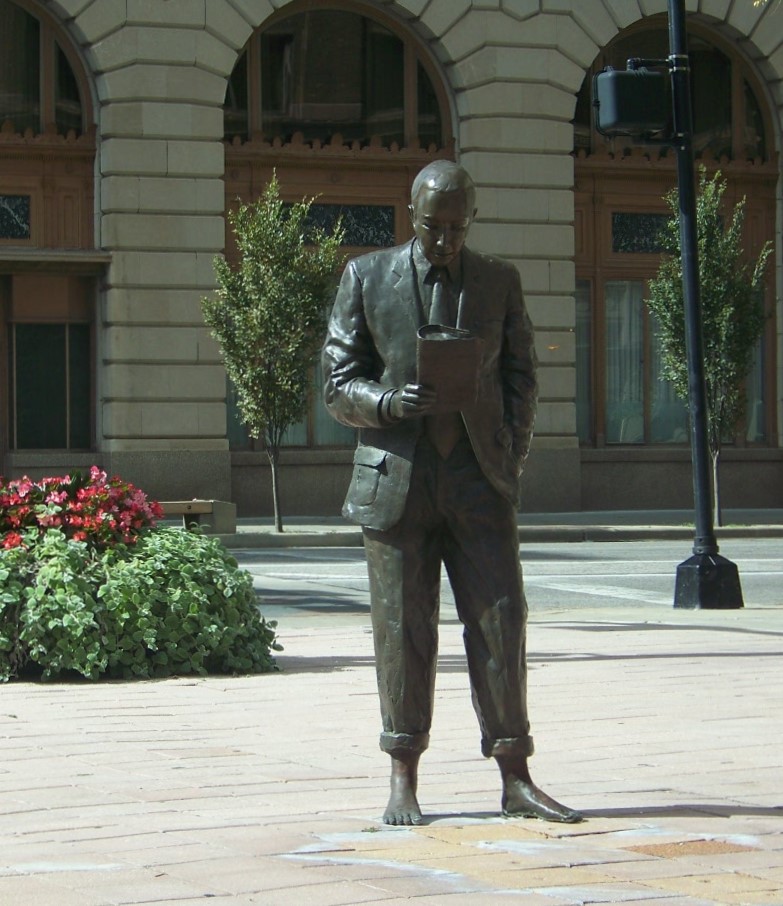


The Arkansas River (pronounced like the state’s name with an “AR” in front of it; not, we were to learn, like the “other” state that shares its spelling) meanders through the city’s central core, with riverfront parks and museums grouped strategically to make parking and walking easy for local residents and out-of-towners alike.
Surrounding land was home to nomadic peoples for millennia, according to historians, although the first Wichita Indian settlement dates only to 1863. Shortly after that, J.R. Mead opened his trading post, and the town was incorporated by 1870. Today, Wichita is the largest city in Kansas. But it doesn’t feel large. It feels neighborly, if at times a bit quirky.
There are street people, and it is obvious that some residents live below the poverty line. As in most cities, there seem to be ample problems to solve, but there is no sense of threat for visitors to Wichita, and those we encountered, from hotel and restaurant staff to shopkeepers and families out to enjoy the sun and city parks, were cordial, exceedingly helpful, and upbeat.
Good Fun and Good Food
What we did: The Old Cowtown Museum is not a museum in any normal sense. 
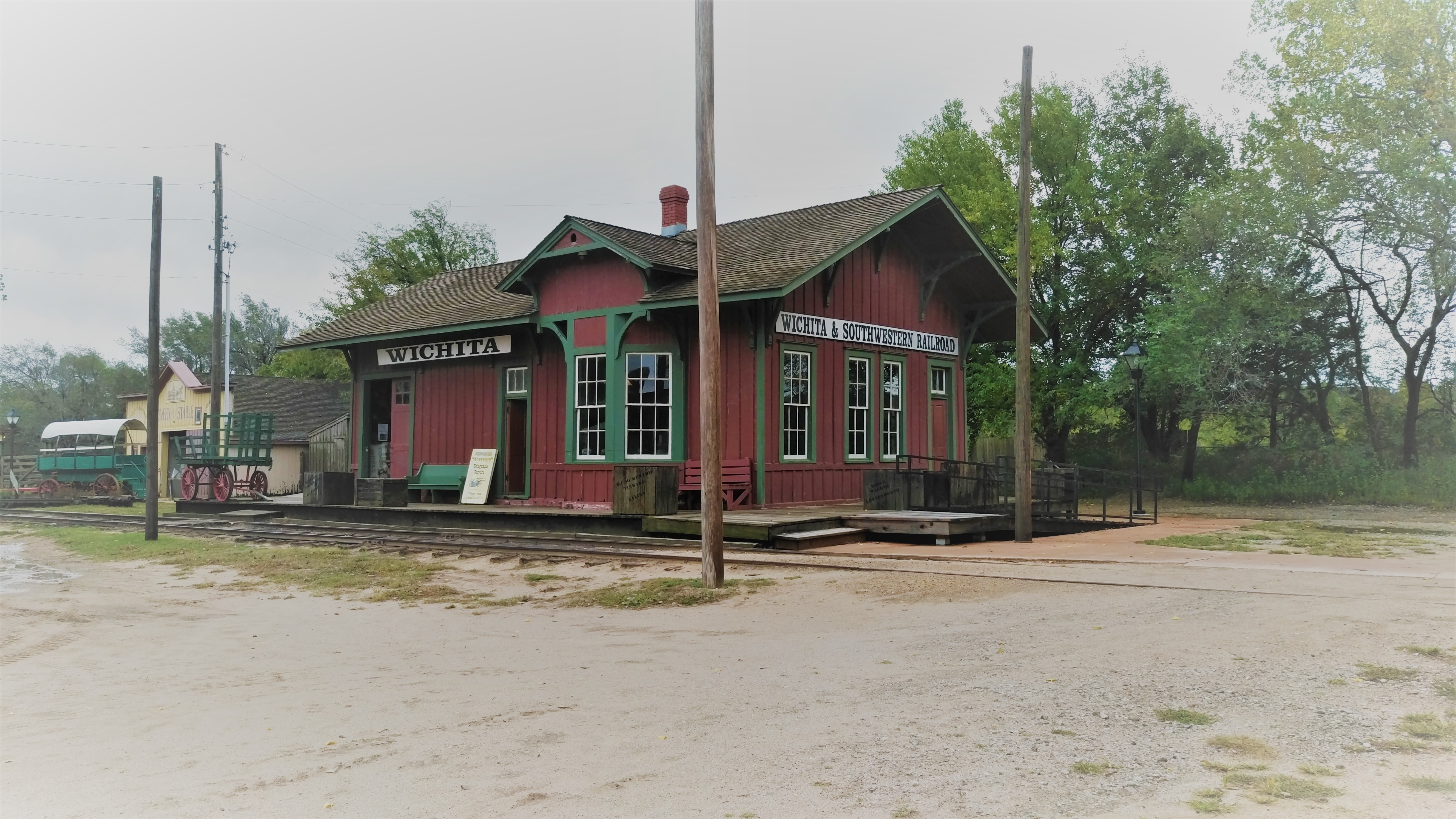

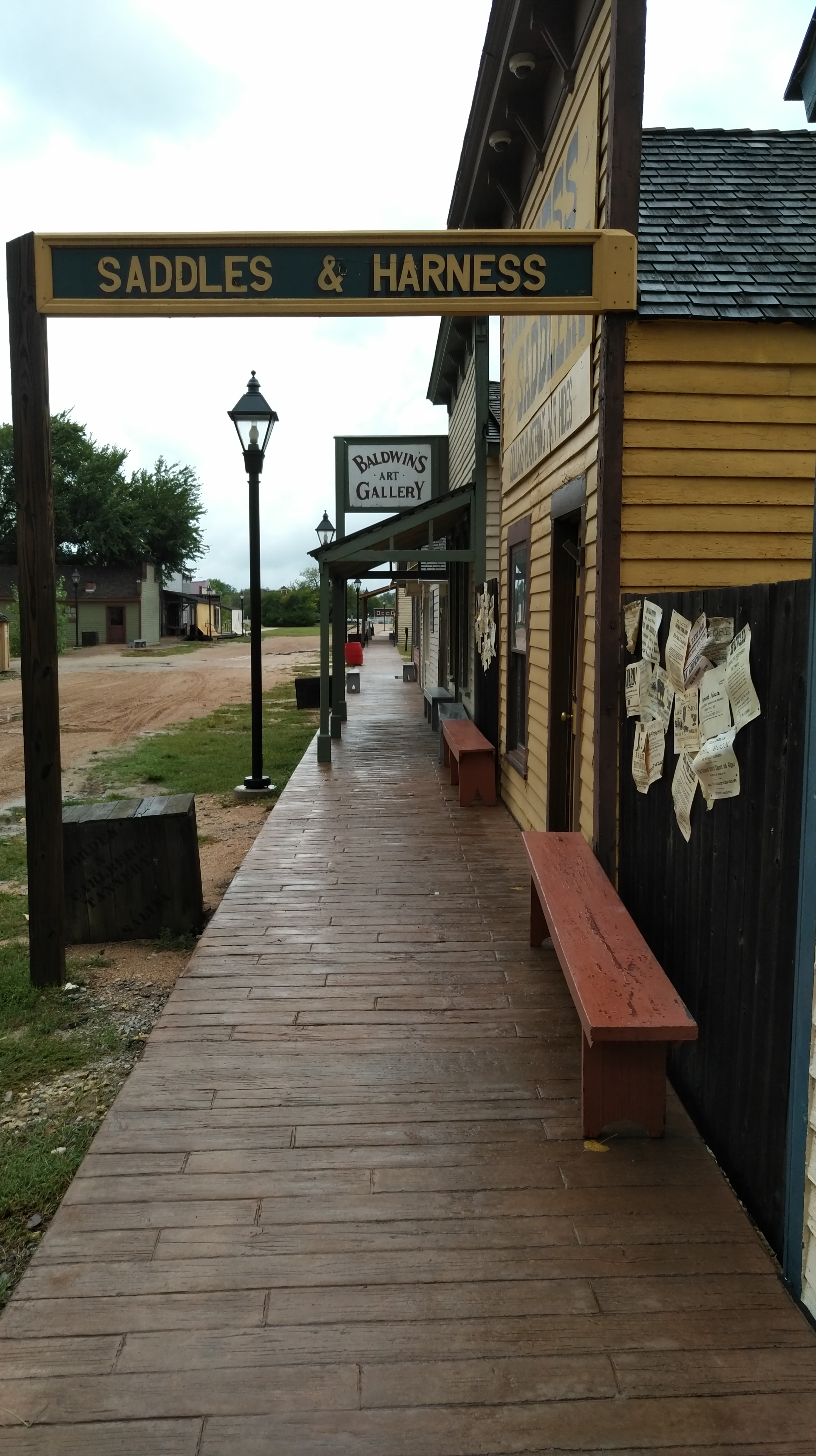 Rather it is an experience, an interactive recreation of a frontier town and it is simply wonderful. We sauntered along the wooden boardwalk, poking into the actual old homesteads, stores, and buildings, the church, one-room schoolhouse, tailor shop, general store, Masonic Lodge, newspaper office, and grain elevator — a total of 54 original or recreated buildings that have been moved to the multi-acre site. On the day we visited, the streets were even suitably muddy; we watched as a leather-aproned blacksmith pounded red-hot metal into usable implements, and we quenched our thirst with Sarsaparilla at the old-time saloon.
Rather it is an experience, an interactive recreation of a frontier town and it is simply wonderful. We sauntered along the wooden boardwalk, poking into the actual old homesteads, stores, and buildings, the church, one-room schoolhouse, tailor shop, general store, Masonic Lodge, newspaper office, and grain elevator — a total of 54 original or recreated buildings that have been moved to the multi-acre site. On the day we visited, the streets were even suitably muddy; we watched as a leather-aproned blacksmith pounded red-hot metal into usable implements, and we quenched our thirst with Sarsaparilla at the old-time saloon.
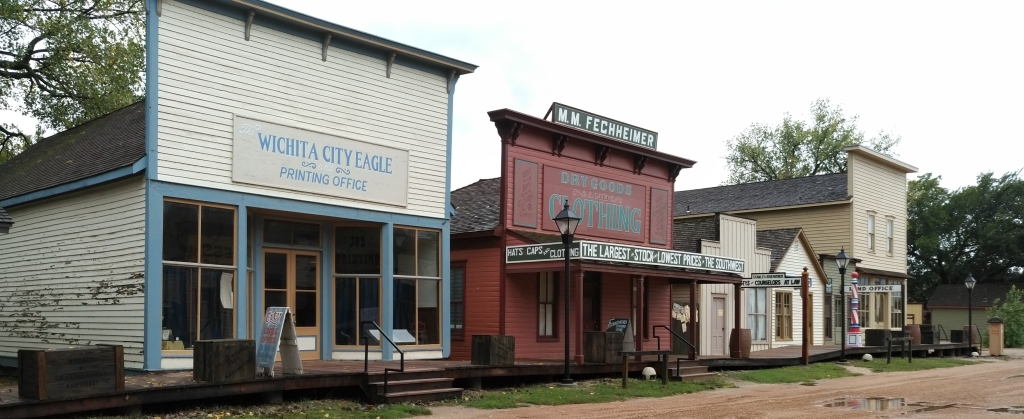


We were awed by the history lesson and the story of how the Keeper of the Plains sculpture came to be. We witnessed the swiftly-flowing river and saw it well above its normal level following days of storms and heavy rains.
Although we enjoyed the lighted pumpkins and live music at the botanical gardens, we regretted not seeing the plantings in daylight.

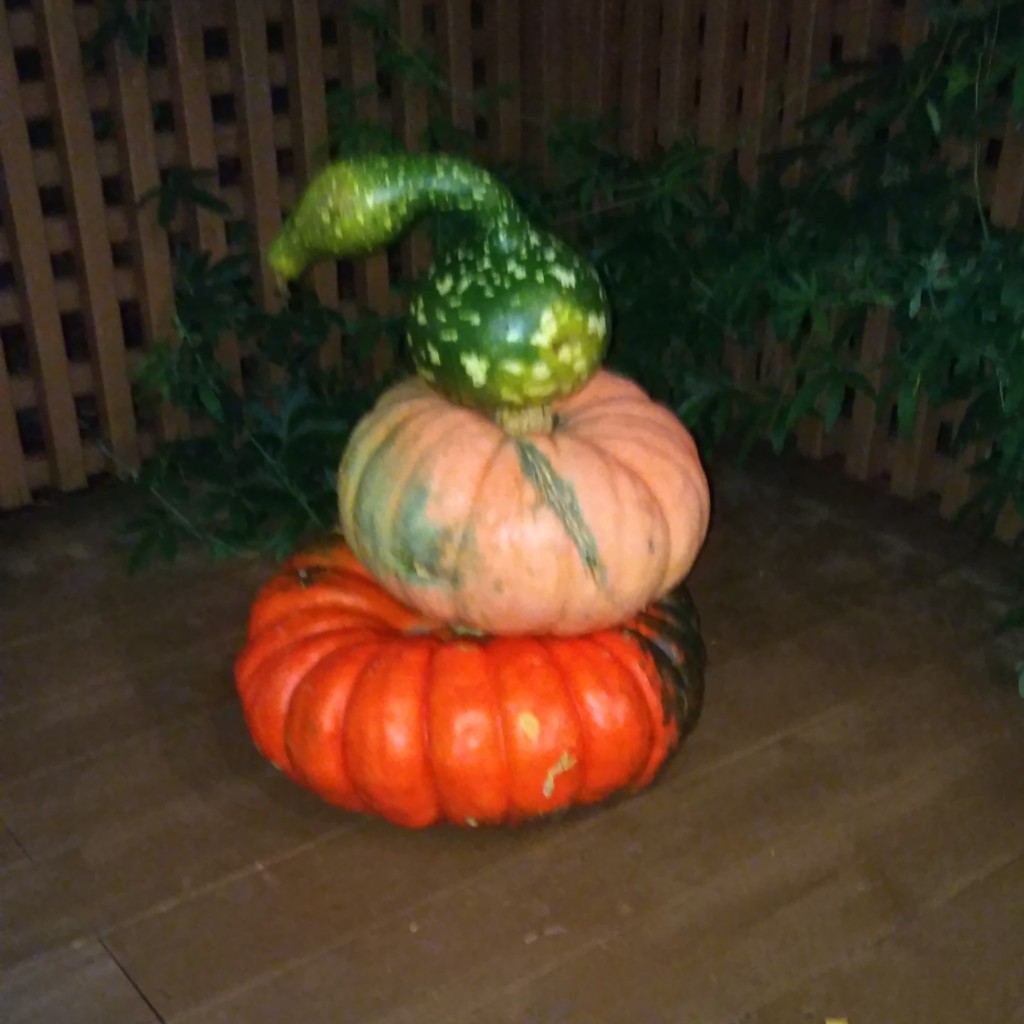

If we found anything odd during our stay, it was that it’s difficult to find a place to eat after about 8 p.m. Or maybe we just were looking in the wrong district?
Now that I have been introduced to Wichita’s charms, I want to return, to savor more of what it offers. Unfortunately, I feel that I didn’t even scratch the surface of its delights, and I suspect that there’s good food, good shopping and good entertainment just waiting to be found.
I had read about the Doo Dah Diner and had hoped to visit there to sample its all-day breakfast. I had also read about a fish and seafood restaurant on the banks of the Arkansas. Unfortunately, I didn’t make it there either. That’s two things left undone. The zoo was another, and I have since learned that the Wichita Zoo has a worldwide reputation. Also, the day we visited Frank Lloyd Wright’s Allen House, it was unexpectedly closed, so we had to be content with walking around the house and snapping outdoor pictures.

But, this trip to America’s heartland — and, in a sense — into both the country’s past and my own was a worthwhile one on many levels.
Dorothy and Toto were transported unexpectedly out of their state and into big adventure, and I never quite understood why they were so eager to get back to Kansas. Now I do — I understand perfectly!

Pingback: Kansas — living the dream | Good Food and Faraway Places